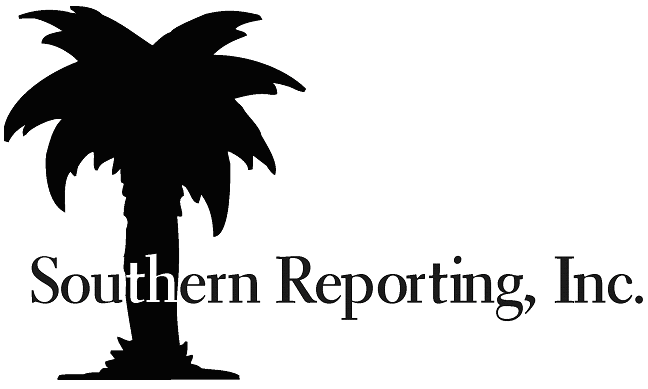Video conferencing has emerged as a vital tool in the legal industry, enabling professionals to conduct consultations, depositions, and even court proceedings remotely. But what goes into making these virtual interactions smooth and secure? Understanding the technical aspects behind video conferencing can empower legal professionals to make informed choices about the platforms and features they choose to use.
Quality of Video and Audio
High-definition video and clear audio are essential for understanding the nuances of a case or testimony. Poor video quality or choppy audio can compromise the integrity of legal proceedings. Therefore, it’s important to choose a platform that offers at least 720p video resolution and high-fidelity audio to ensure that all participants can clearly see and hear each other.
Bandwidth Requirements
The quality of a video conference is highly dependent on the available bandwidth. Low bandwidth can result in latency issues, packet loss, and dropped calls, all of which can disrupt a legal proceeding. A good rule of thumb is to have at least 1.5 Mbps (up/down) for high-quality video and more if multiple users will be streaming simultaneously.
End-to-End Encryption
Security is a paramount concern in legal video conferencing. End-to-end encryption ensures that the data is encrypted on the sender’s side and only decrypted by the recipient. This prevents unauthorized access to sensitive information, making it crucial for confidential discussions and testimonies.
User Authentication and Access Control
Apart from encrypting data, it’s equally important to control who has access to the video conferences. A secure video conferencing platform will offer features like secure login, two-factor authentication, and the ability to lock meetings once they have started, preventing unauthorized access.
Record Keeping and Compliance
Legal professionals often need to maintain records of their proceedings. A robust video conferencing tool should offer recording options that are both easy to use and secure. Moreover, these recordings should be stored in a manner that complies with legal regulations, such as the Health Insurance Portability and Accountability Act (HIPAA) in the case of healthcare-related legal issues.
User Interface and Ease of Use
Time is of the essence in the legal field. The video conferencing platform should feature a user-friendly interface that allows professionals to start or join meetings quickly and easily. Complicated setups or difficult-to-navigate options can waste valuable time and lead to user errors.
Interoperability
In today’s interconnected world, the ability for different systems and software to work together is key. Your video conferencing platform should be compatible with various operating systems and devices, as well as other software that legal professionals may use, such as case management systems.
The integration of video conferencing in the legal industry isn’t just a temporary measure but a long-term change that is redefining how professionals operate. Understanding the technical aspects, from video quality and bandwidth to security and interoperability, enables legal professionals to harness the full potential of this technology. By choosing the right platform and features, you can enhance the efficiency, accessibility, and security of your legal proceedings.
Elevate the efficiency and security of your legal proceedings with the right video conferencing solutions. Contact us today to discuss your specific needs and learn how our cutting-edge technology can seamlessly integrate into your practice.





